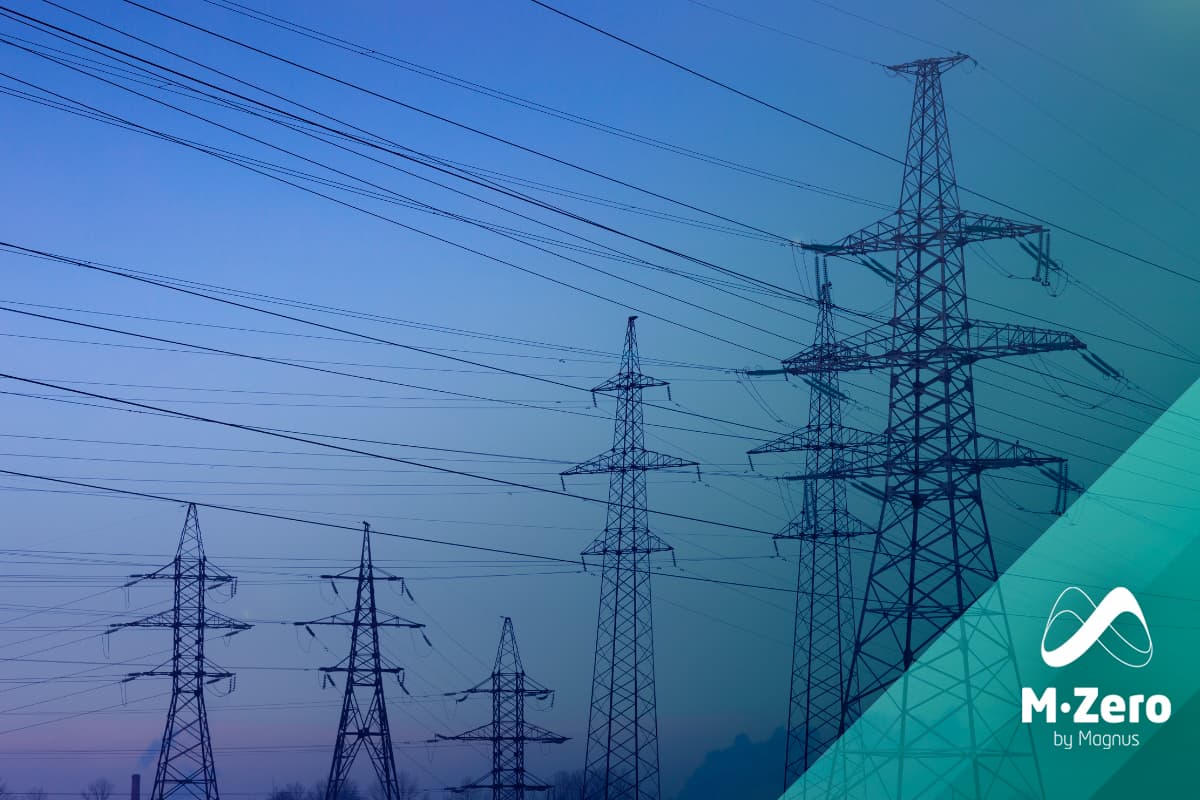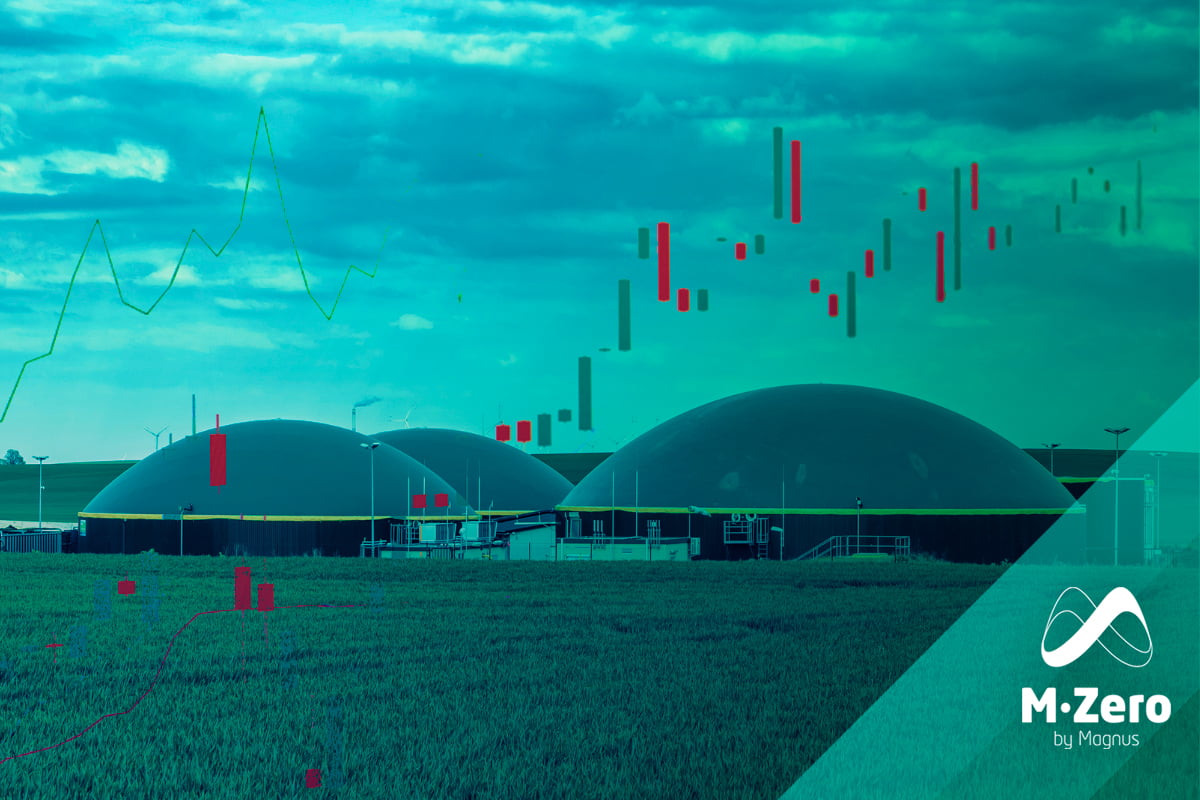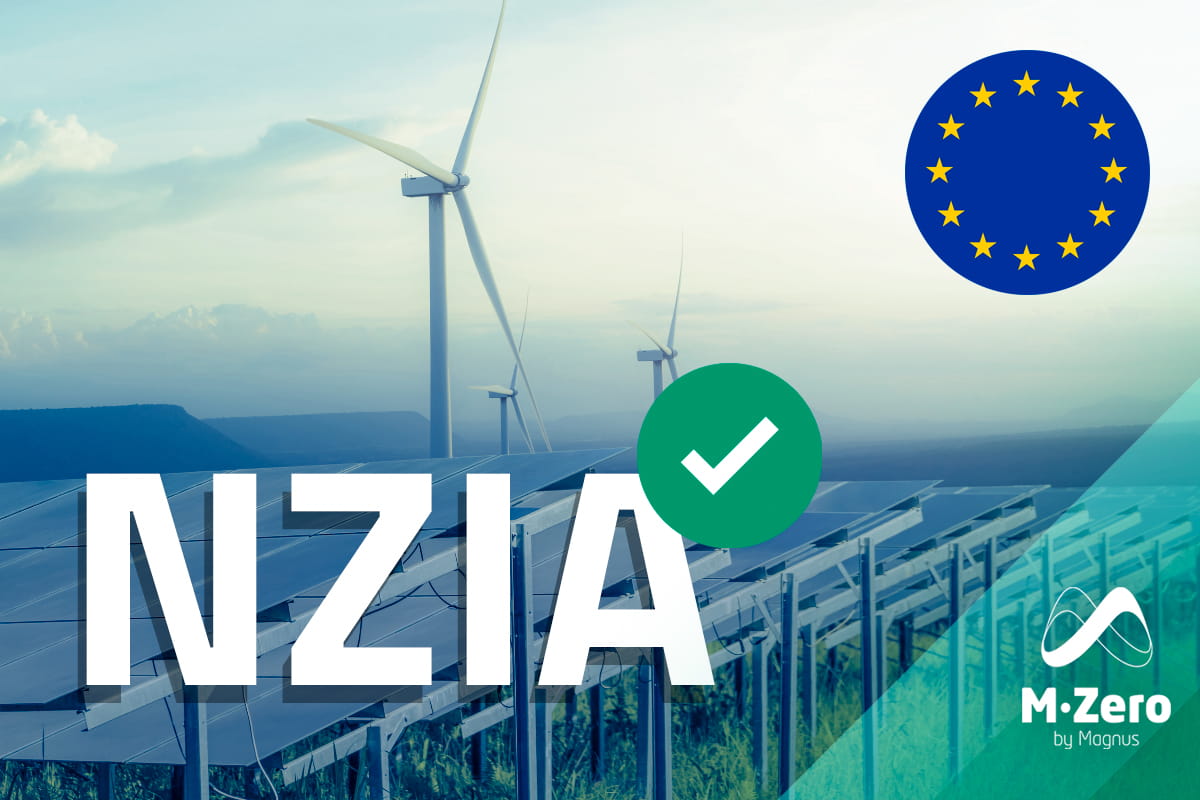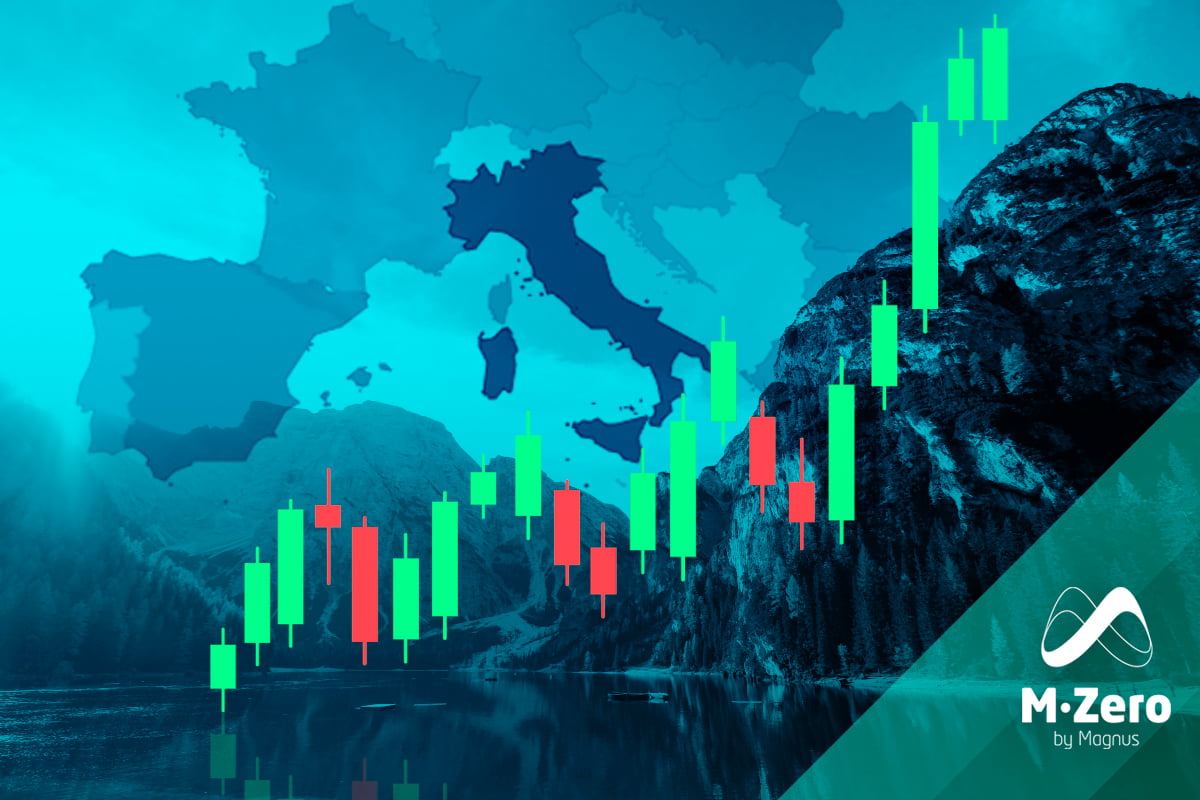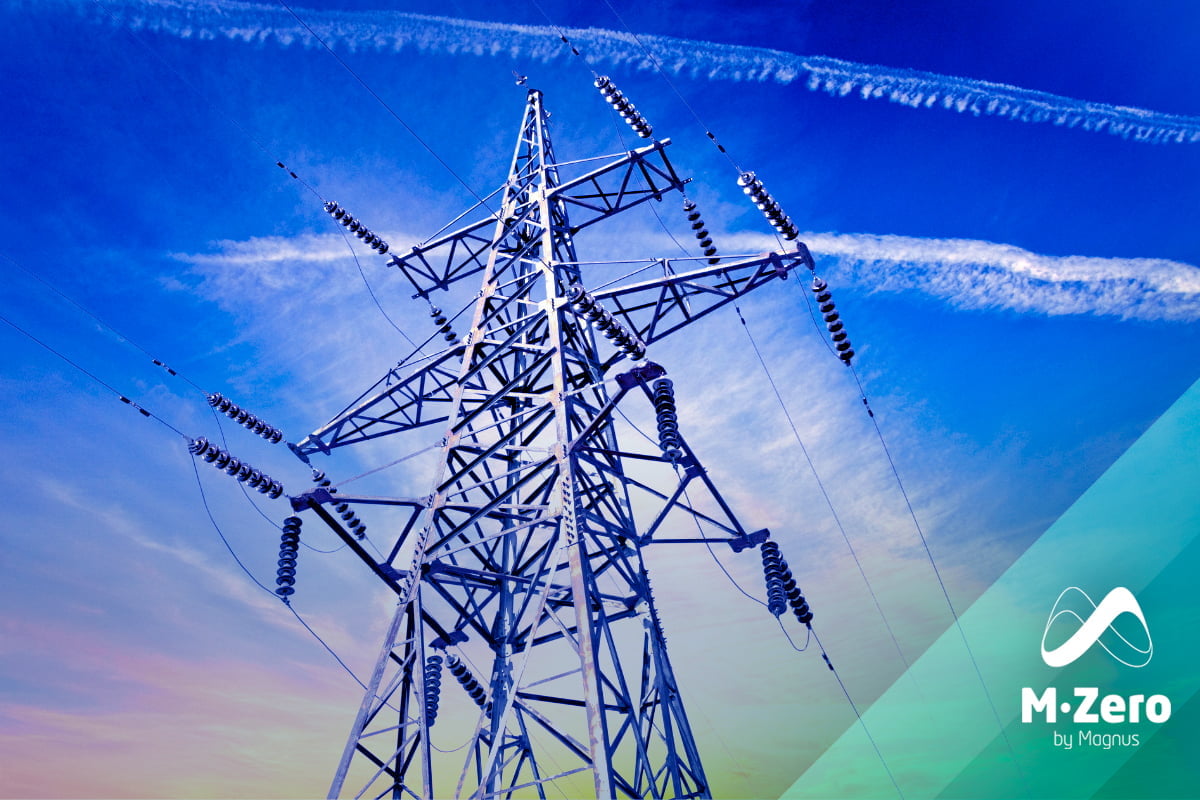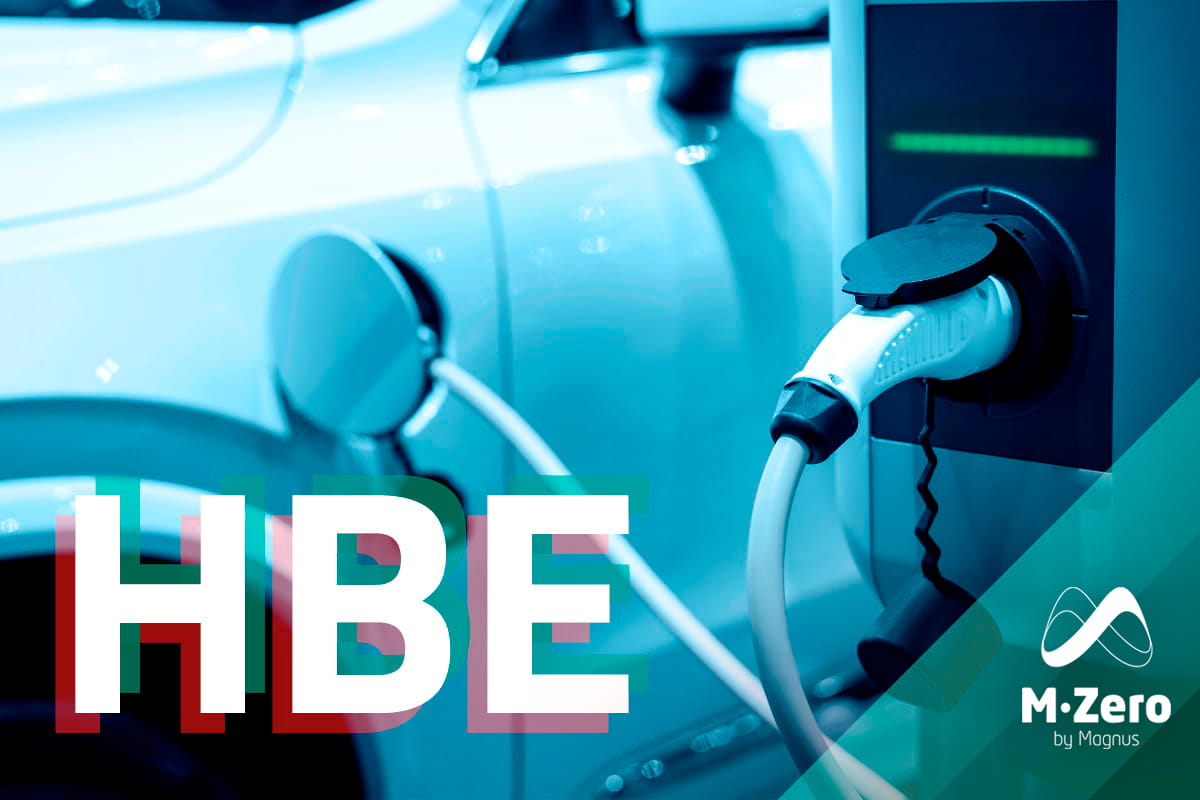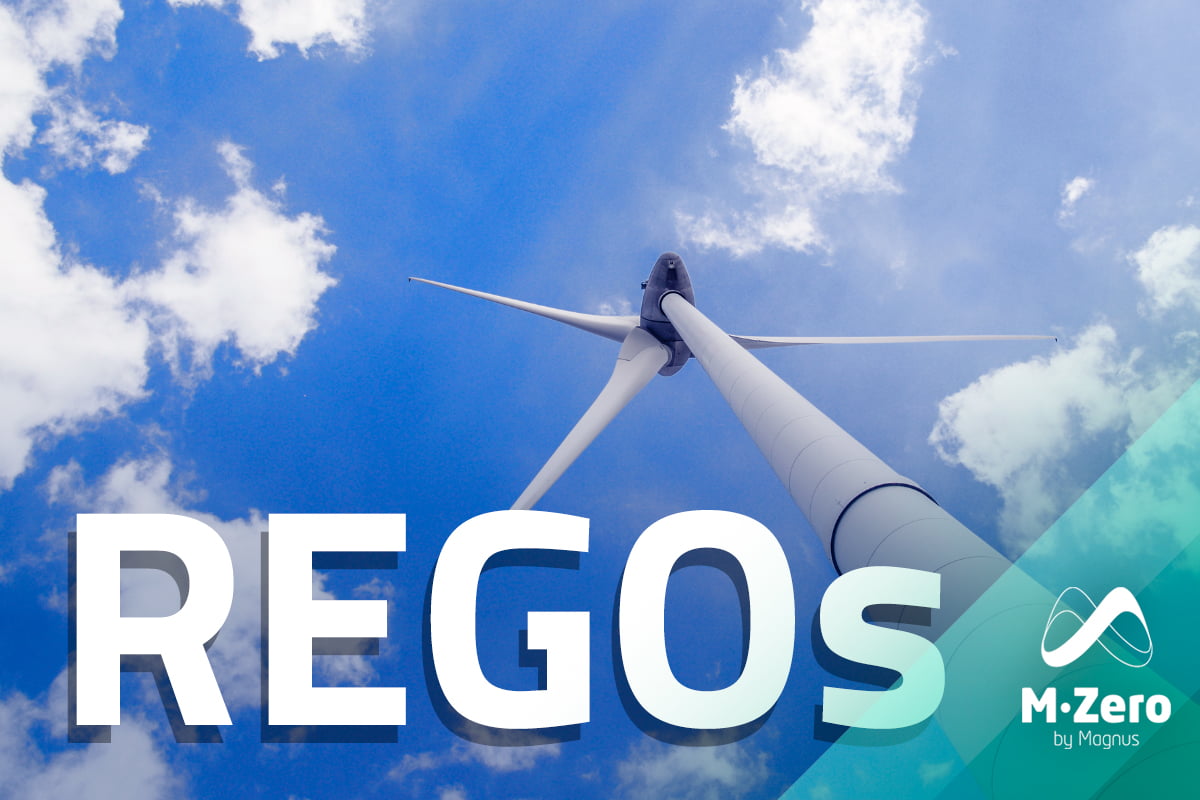
Just like Guarantees of Origin, or GoOs, in Europe, the Renewable Energy Guarantees of Origin, or REGOs, are the certificates used to certify renewable electricity in the UK.
The REGOs scheme provides transparency to consumers about the proportion of electricity that suppliers source from renewable electricity.
For each MWh a renewable generator produces, they can claim a REGO and the sell it in the market to those interested in certifying their energy consumption as renewable.
What’s happened to REGO prices?
As emphasis on traceable decarbonization has grown, so has the demand for REGOs. However, it hasn’t always been the case that they were in high demand. Looking back at the market in 2014, REGOs were often in surplus and essentially bundled into any type of contract free of charge.
As corporate need for traceability grew with the number of companies making climate commitments, so did REGO price levels with their value slowly climbing towards 30p to 50p by 2020.
The market reached a key point in price acceleration when in January 2021 the EU no longer recognized UK REGOs. Then, in July 2022, after much uncertainty, the UK government announced they would no longer recognize EU GoOs from April 2023.
This fueled the inexorable rise and prices reached £2.50 and on towards £4 by the year end before ultimately reaching record levels in excess of £25 in October 2023. Despite a relative levelling off from October’s highs, REGOs remain a significant cost and were once again showing an upward price trend as 2023 came to a close.
So, what is driving the REGO prices up?
On de supply side, there has been a significant cut…
- Brexit – Before Brexit, the UK’s system for labelling a unit of green energy was harmonized with the EU system. Suppliers had the choice between using UK-sourced REGOs or importing GoO certificates from the EU. At this time significant numbers of EU GoOs were imported into the UK.
But from April 2023 the UK government no longer accepts GoOs as valid, so suppliers can only source their certificates from UK generators. This contributes to the supply shortage. - Lagging on generation targets – The UK has ambitious targets for renewable generation: 50GW of offshore wind and 70GW of solar by 2030. But the offshore wind strategy was blown off course in 2023 after a catastrophic tendering round received zero bids. The government is now attempting to correct course by increasing the maximum price for projects and reshaping the Contracts for Difference system to do better in future. But the setback for the most recent funding round has still slowed down the creation of new green generation capacity in the UK. And this means fewer REGOs available than might have been predicted.
On the other hand, demand for renewables is steady or better said, growing…
- Rising demand for renewable electricity – Both businesses and households are making more environmentally conscious buying decisions, including their energy sourcing. Most buyers find that the easiest way to meet their decarbonization targets is through buying enough REGOs to match the energy consumption. So, the law of supply and demand means that REGOs are getting pricier.
- Boom of PPA – Power purchase agreements (PPAs) had a record year in 2023. This form of energy sourcing is rapidly growing in popularity as a way to help companies reduce their carbon footprint, save money and develop some measure of energy security. PPAs are clearly going from strength to strength, and this means another source of demand for REGOs.
Will this rise continue indefinitely?
As we know there is no market cap on the price that REGOs could reach. The only cap is a “economic” one, when buyers decide, they can’t afford to buy them anymore.
On supply side, fortunately the winter has been quite windy, which means that more REGOs were generated, which helped reduce pressure on prices. But a still winter, with lower than usual levels of wind, or a harsh summer could create even more shortness in the market, pushing prices up higher.
Besides, on the demand side, there are no signs that companies that don’t have enough REGOs have now met their needs and there is also no indication that this companies are switching away from renewable electricity. They are likely to keep coming to market to buy more REGOs as for many companies, renewable energy is a crucial part of evidencing their path into decarbonizing.
Are there any positives in this rising cost of REGOs?
The rising cost of REGOs should be, in a way, good news for renewables. One of the criticisms levelled at the REGO system was that cheap certificates didn’t contribute to financing new build renewable projects.
But now with rising prices, the issues of transparency and provenance take on great importance. It is expected that certificate value should be being passed through to generators and contributing materially to the business cases of building new renewables.
The price of REGOs may fluctuate in future, but the days when they cost just a few pence are almost certainly gone for good.
For companies interested in having their electricity consumption certified, the price of REGOs will continue to make up a significant portion of their energy costs. They must therefore develop a strategy for protecting their budgets against this volatile element of their energy bills.
If you found it interesting, please share it!
Recent Articles







